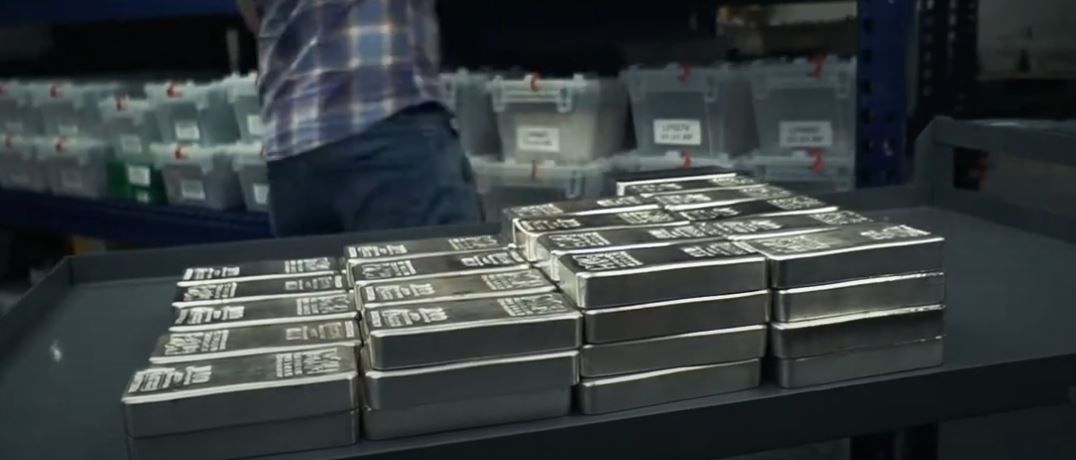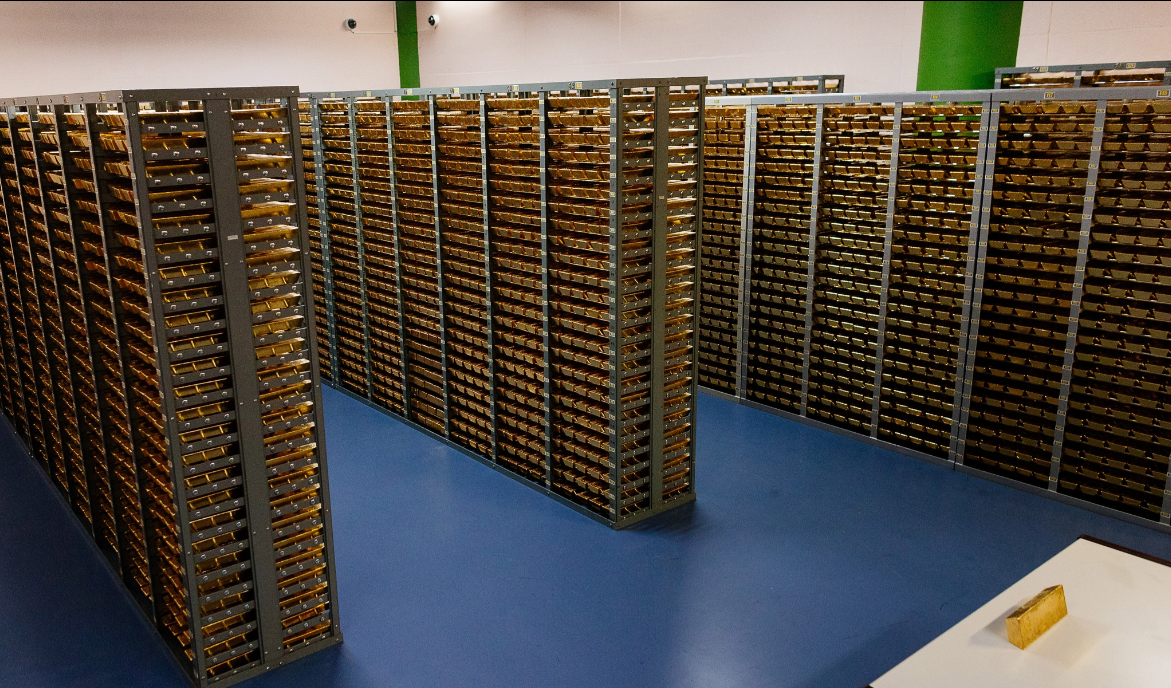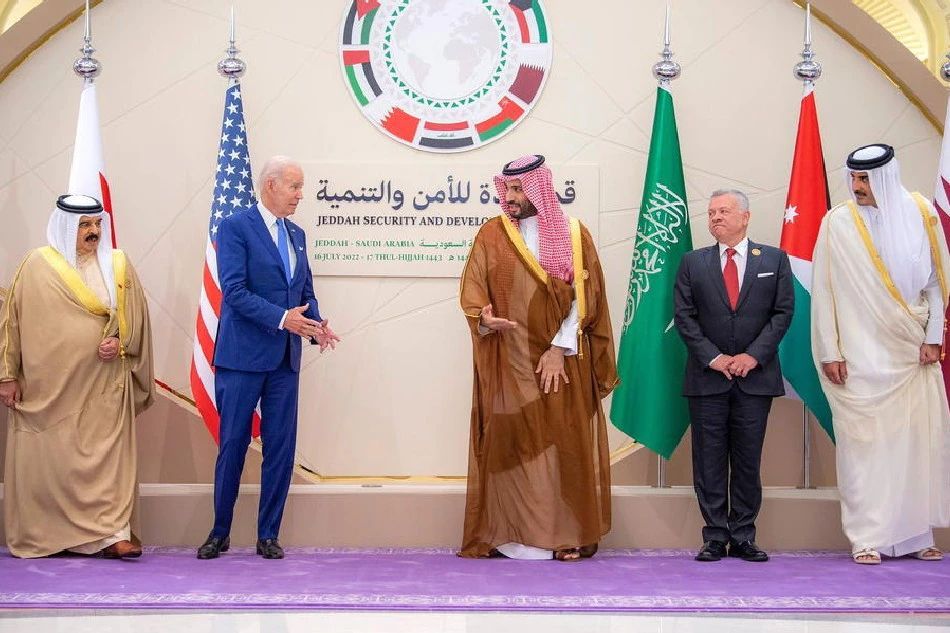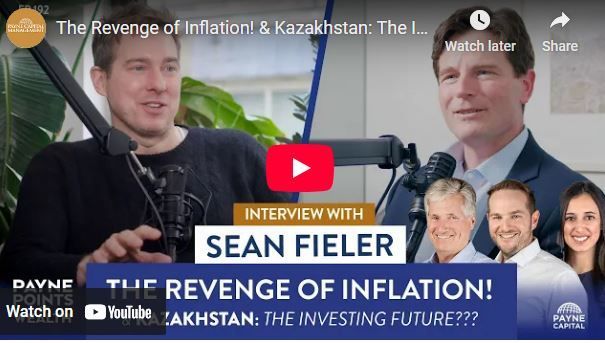Kuroto Fund, L.P. - Q2 2018 Letter
Dear Partners and Friends,
PERFORMANCE & PORTFOLIO
Kuroto Fund declined -8.1% in the second quarter of 2018. The EM index lost -7.9% over the same period. For the year to date through July 30, Kuroto Fund was down -8.6% while the index was down -4.2%.[1]
During the second quarter, we sold our stakes in an African telecom and a Colombian consumer business based on their valuations. We also initiated investments in a Nigerian bank, a Turkish industrial, and a Georgian bank. At the end of the quarter, Kuroto owned 30 companies.
technology and our portfolio
From artificial intelligence to smart phones, technology is changing the world. Over the past decade, this change has reshaped equity markets, including those in the emerging world. Technology companies, which a decade ago comprised just 10% of the emerging market index, today represent 27% of the same. While direct investments in technology companies represent only 12% of Kuroto’s portfolio, we carefully think through how technology is changing the way our companies do business.
In some instances, our businesses have been beneficiaries of technological change, while in other cases it has produced headwinds. The effects of technological change can be broad or company and country specific. Sometimes technological change that has impacted businesses in the developed world maps neatly onto the emerging world. In other cases, businesses in the emerging world have remained insulated from changes sweeping the developed world. And, in some cases, the adoption of technology in the emerging world has preceded the adoption of that same technology in the developed world. Given these variations, rather than attempt to discuss technological change in generalities, we thought it would be more valuable to highlight specific ways in which technological change is reshaping our portfolio companies.
A headwind for our auto parts distributor in eastern Europe
We own Inter Cars, the leading distributor of aftermarket auto parts in Poland and Central and Eastern Europe (CEE). Accordingly, we watched with great interest as the entrance of Amazon into the auto parts business in the United States led to a sharp downward rerating of Advanced Auto Parts, O’Reilly and AutoZone. While Inter Cars’ business model is similar to these three American auto parts companies, the competitive situation Inter Cars faces is very different than that in the U.S. Most notably, Amazon’s success in auto parts is concentrated in the do-it-yourself market (DIY), not the do-it-for-me market (DIFM) that predominates in the CEE.
In the DIFM segment, price and speed of delivery are two factors critical to success. On both counts, Inter Cars retains a clear advantage over all of its competitors. And, unlike the U.S. where Amazon is investing in the infrastructure necessary for hourly delivery, in the CEE none of the e-tailers can plausibly invest in this capability. That said, it would be foolish to conclude that these new competitors will not impact Inter Cars’ business over time. Online competition will certainly be a future headwind, but that future is still at least five years away, and even then it is unclear if these competitors can achieve a cost advantage vis-a-vis Inter Cars.
Another long-term technological threat to Inter Cars’ business is a change in the way that cars are used and built. The combination of ridesharing apps and electric cars, ceteris paribus, will lead to fewer cars with fewer parts. However, even in the U.S., these dynamics will still take years to meaningfully dampen the consumption of auto parts. In Poland in particular and the CEE more generally, we expect a significant lag in the adoption of these two technologies. First, given Poland’s wide distribution of population across many small cities, a reduction in car ownership will be slow in coming. Second, so long as Poles retain the habit of buying used foreign cars, Poland will remain home to the “car trash of Europe” and at least a full life-cycle of cars behind Western Europe.
Finally, technology is far from purely negative for Inter Cars. The company has invested in an online platform that allows their customers to order directly via website or mobile app. This has saved the company money through a smaller telesales force and a reduction in the number of its printed catalogs. Furthermore, Inter Cars’ ERP system has allowed the company to add the significant operational complexities necessary for expansion into new business lines and geographies. The company is also optimizing its internal IT system to achieve further purchasing efficiencies. As these examples show, Inter Cars is getting smarter and more efficient operationally thanks to tech.
The rapid adoption of mobile money in the emerging world
Over the past two years, we’ve made and exited investments in mobile-money platforms in both Africa and Asia. Specifically, we bought Safaricom in Kenya, a cell phone carrier with a dominant mobile-money offering. And, in Bangladesh, we bought BRAC Bank, a bank with a dominant local mobile-money offering.
While mobile money is ripe for expansion throughout the emerging word, we have focused our attention on the few countries that have a more laissez-faire regulatory environment for mobile money. In some instances, like Kenya, this regulatory approach has resulted in a cell phone carrier going to scale quickly without effective push back from the banks. In other countries, like Bangladesh, a bank was the first mover. These two examples stand in contrast to most markets where banks have blocked the cell phone carriers from offering mobile money while not offering a scalable product of their own.
When regulators have supported competition amongst the banks and cell phone carriers, the first mover is often able to achieve winner-take-all economics. Accordingly, in Kenya, Safaricom has 80% market share[2], while BRAC Bank has 70% market share in Bangladesh[3]. Not only do these companies’ dominant networks become phenomenally profitable once established, but they also have a long-term growth opportunity as they take share from both cash and traditional demand deposits.
A dominant mobile-money business also generates positive effects for the affiliated business, whether it is a bank or a cellphone carrier. Safaricom’s mobile-money solution, m-pesa, supplements its dominance in the cellphone market by increasing customer stickiness, thereby decreasing the customer churn that the company faces. Similarly, BRAC Bank’s mobile money, bKash, helps BRAC Bank retain and acquire traditional banking customers.
We remain enthusiastic about the business prospects of both BRAC Bank and Safaricom, but have exited both positions due to valuation. We sold Safaricom at 21x earnings and BRAC Bank at 17x. While not unattractive, these multiples are discounting a majority of the value of m-pesa and bKash respectively. We currently have a position in another African mobile-money company and are investing in one more. The shares of these two dominant mobile-money companies trade at ~12x this year’s earnings, a surprisingly low valuation for such high-quality franchises.
Sincerely,
Sean Fieler
Daniel Gittes
END NOTES
[1] Performance stated for Kuroto Fund, L.P. Class A on a net basis. An investor’s performance may differ based on timing of contributions, withdrawals, share class, and participation in new issues. Unless otherwise noted, all company-specific data derived from internal analysis, company presentations, or Bloomberg. Company valuations and exposures as of 6.30.18.
[2] Telecommunications Competition Market Study in Kenya, Page 19, 20 February 2018
[3] Meeting with bKash CFO, 15 October 2017









